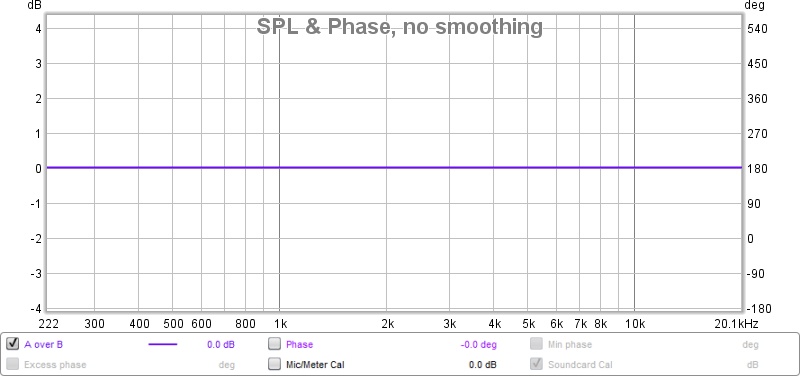Blacksabbath25 said:If speaker company’s can prove what they claim I would spend more money on cables but can’t see this ever happening so I keep on the fence as it’s just to risky spending lots of money on expensive cable that may give a better sound or may not .
This is what bothers me. Unsubstantiated and exaggarated claims. Makes it hard for us to make an informed decision.












